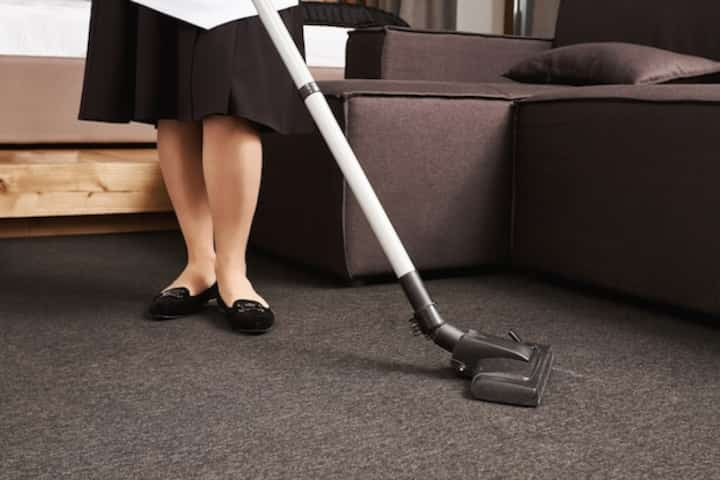
Expert Fire Damage Cleaning and Restoration Services for Your Home
Fire damage can be an overwhelming experience for any homeowner. The aftermath of a fire not only leaves visible destruction but can also introduce hidden dangers, such as smoke and soot residue, which can have long-term effects on health and property integrity. Effective fire damage cleaning and restoration are critical to ensuring safety, restoring normalcy, and preserving the value of your home. This article will explore essential aspects of fire damage restoration, the importance of professional services, and key considerations for homeowners seeking to mitigate the impacts of fire.
The Importance of Professional Fire Damage Restoration
After a fire, it is crucial to act quickly to minimize further damage. Professional restoration services are essential for several reasons:
- Safety: Professionals are trained to handle hazardous materials like asbestos and lead, which may be present in older homes.
- Comprehensive Cleaning: Specialized equipment and techniques ensure thorough cleaning of smoke, soot, and water damage.
- Structural Assessment: Experts can assess structural integrity and identify areas requiring repair or reinforcement.
- Insurance Liaison: Professionals can assist in documenting damage for insurance claims, ensuring homeowners receive appropriate compensation.
For a more detailed understanding of the procedures involved, read more about this topic.
Steps Involved in Fire Damage Restoration
1. Initial Assessment and Inspection
The first step in the fire damage restoration process involves a thorough inspection and assessment of the property. This helps determine the extent of the damage and the specific needs for restoration.
2. Securing the Property
To prevent further damage or unauthorized access, securing the property is essential. This may involve boarding up windows and doors and placing tarps on damaged roofs.
3. Water Removal and Drying
Firefighting efforts often leave significant water damage. The next critical step is to remove water and dry out the affected areas to prevent mold growth.
4. Smoke and Soot Removal
Smoke and soot can penetrate surfaces and linger in the air, requiring specialized cleaning techniques to remove. Learn more in this detailed guide about the cleaning processes involved.
5. Cleaning and Sanitizing
All restorable items and structures are cleaned and sanitized. Odor removal is also a critical component at this stage.
6. Restoration
The final step involves restoring your home to its pre-fire condition, which may include minor repairs, such as replacing drywall, or major reconstruction efforts.
Choosing the Right Restoration Service
Not all restoration services are created equal. When selecting a service, consider the following:
- Experience and Credentials: Verify the company’s experience and certifications in fire damage restoration.
- Comprehensive Services: Ensure the service provider offers a full range of restoration services, from assessment to reconstruction.
- Customer Reviews: Check online reviews and testimonials to gauge past customer satisfaction.
- Response Time: Timely response can significantly impact the extent of restoration needed. Choose a provider known for quick action.
For additional insights into selecting a service, explore further insights here.
Conclusion
Fire damage restoration is a complex and urgent process that requires the expertise of trained professionals. By understanding the steps involved and knowing how to choose the right service, homeowners can take the necessary actions to restore their homes efficiently and safely. Find additional information here to guide you through this challenging time.